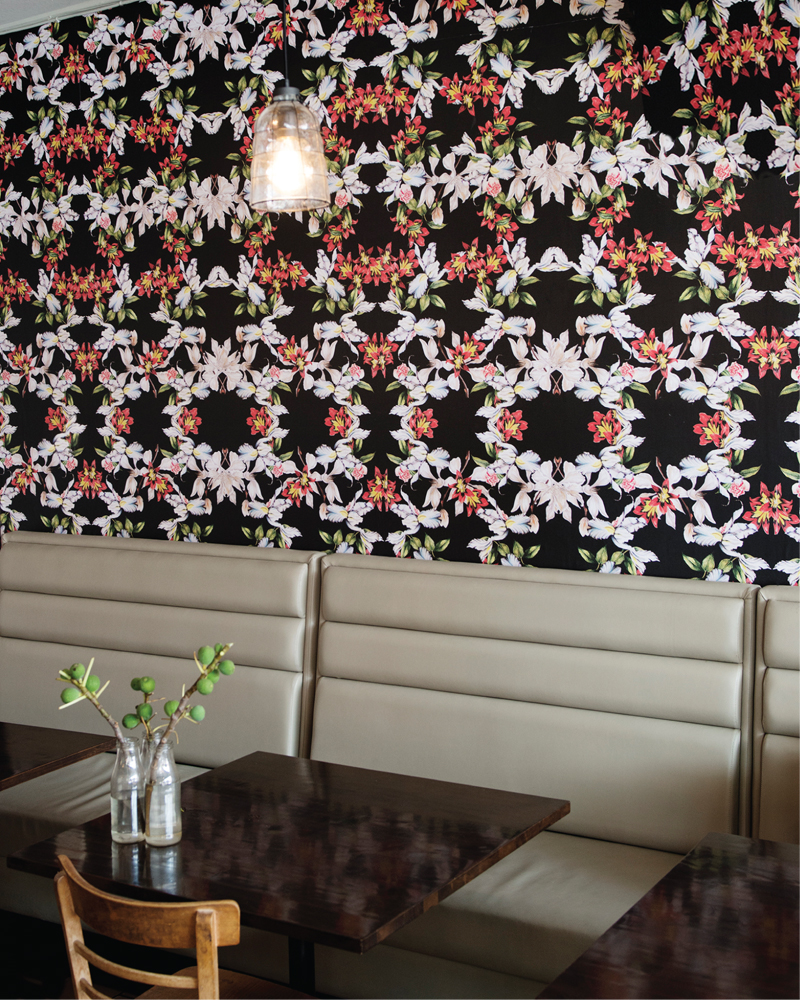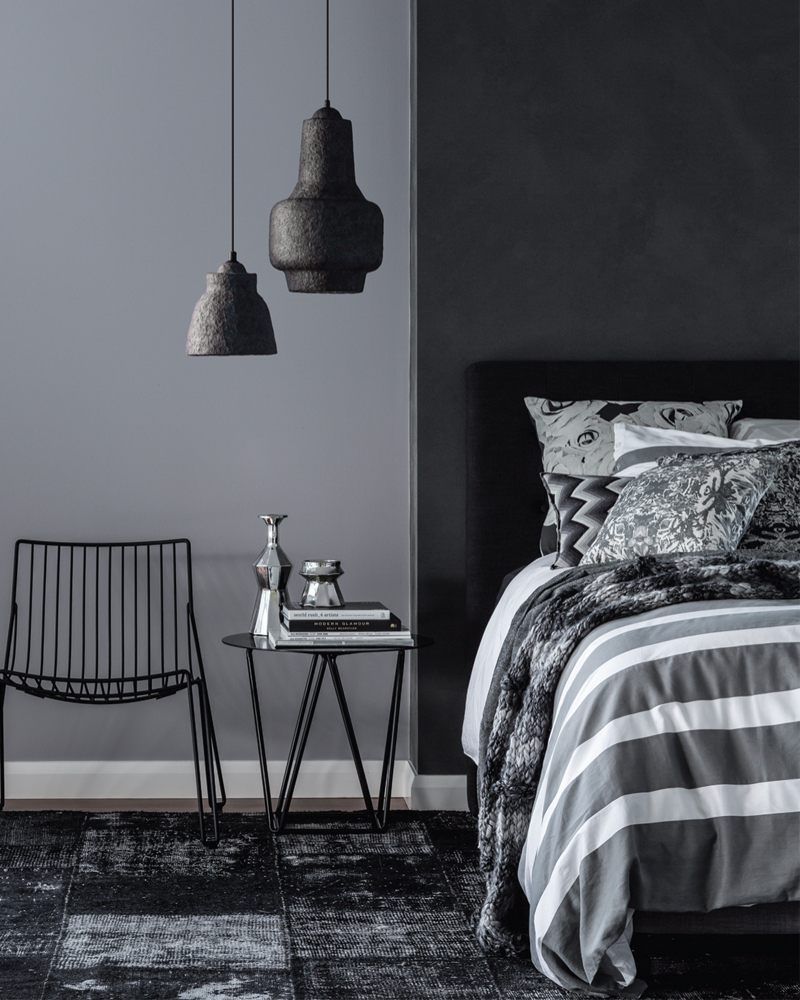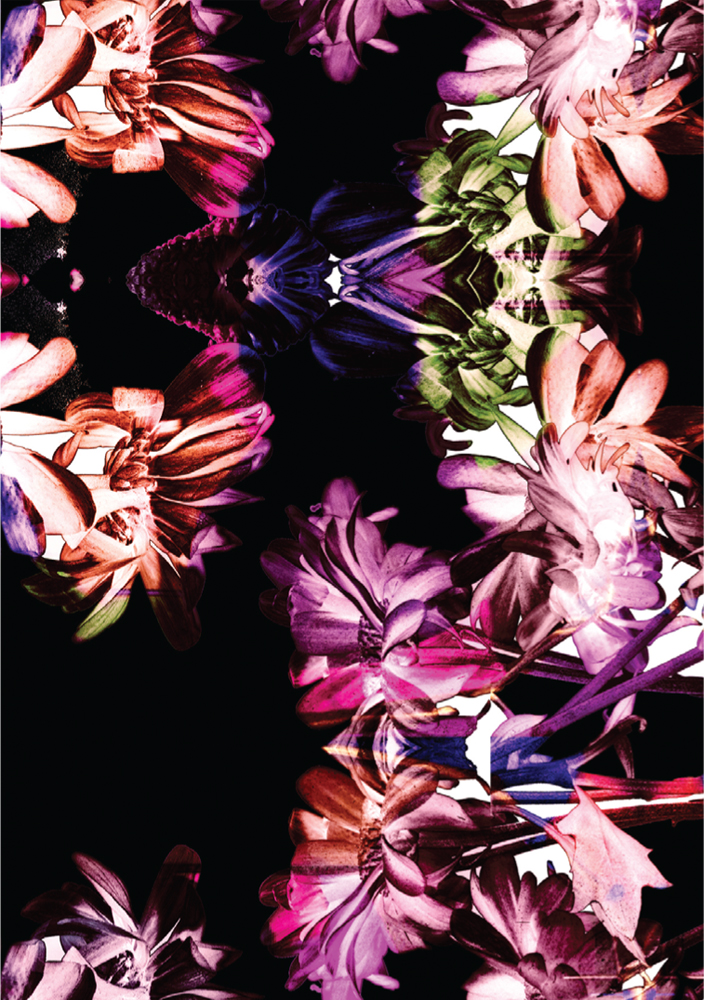
Custom Paste
Custom Paste
Share
Above image: Lily design is available in fabric and wallpaper. Image courtesy of Belinda Christie
Practice: Surface by Belinda Christie
Text: Adrienne Hughes
In the few short years of Belinda Christie’s foray into the world of textile and wallpaper design, this young designer has gained a well-deserved following. Marked by a decidedly painterly quality, Christie’s aesthetic has more in keeping with the paintings of German artist Gerhardt Richter than wallpaper legends Florence Broadhurst or William Morris. Moreover, her papers are also a break from the figuration of contemporary wallpaper designers such as Éric Valero (Dominos) or Sofie Eliasson and Matt Duckett (Nice).
Using a combination of freehand painting, drawing and photographic processes, Christie applies the design to either fabric or paper using both photographic and screen-printing techniques. Recent innovations in print technology have been key to her design process. “Being able to use digital printing has been a major influence in my work. My work is very painterly and abstract and new technology allows that sort of printing to occur,” says Christie.
The resultant image is a nuanced and layered visual field made further complex by the various qualities of medium. Silk for example will take a print crisply, while thick linen or upholstering fabric will deliver a softer result. Once layering enters the equation, paper and fabrics printed with exactly the same image and technique will read as a story rather than a mirror image. “It’s a bit of trial and error, different fabrics react differently to colour and texture and also it depends on the machinery being used,” says Christie, who identifies her aesthetic as an abstraction of colour and textile.

Iris and Roses wallpaper has been used to great effect at the Bendigo Street Milk Bar. Image by Georgina Matherson
Following studies in fine art and fashion design at the Gordon Institute of TAFE (Geelong), Christie spent 10 years working in the fashion industry. Her most recent role was that of head designer for Bettina Liano, where, while her talent was highly regarded, her creative role had become increasingly limited: “I missed the creative process of design. As I got further into fashion, I found that my role was more about management and meetings. Once I stepped away and picked up textile design I was blending fashion and art and it became a creative process again,” says Christie, who remains involved in the fashion industry through textile design for clients as diverse as Collecting Pretty Boys and Peter Alexander.
Interestingly, Christie feels the two industries are innately connected: “Fashion and interiors have always been related, you often see trends in fashion design emerging in interiors. I also see fashion designers creating for interiors, Paul Smith in general and Alexander McQueen designing rugs come to mind.”
Stepping from a career path into a creative pursuit has in fact benefitted from the managerial acumen of her former role. Rather than take a single path, Christie has diversified. Textiles for the fashion industry presents one stream, while an off-the-shelf range of fabrics and wallpapers constitute a second. These are only available to the industry at present, but this too may change as her company grows. To some extent, these are the commercial elements that allow her creativity to flourish in the capacity of bespoke design solutions. Working directly with interior designers, she finds two schools of practice.

Fabric design for cushions are Native Baby and Thorn In my Side by Belinda Christie for Surface. Image courtesy of Dulux, room styled by Bree Leech and photographer Mauro Pomponio
“Sometimes they have a brief and something really particular they are looking for. At other times, I will work together creating concepts with the designer and we collaborate,” says Christie, who sees working from a brief and working through a development as partnerships. “When something is bespoke there is no limit to the scope and I really enjoy that. The great thing about the design industry today is the increased collaboration.” One such collaboration was the recent fabrics and wallpapers Christie provided for Adele Townshend Design’s Bendigo Street Milk Bar where a bespoke iteration of her off the shelf range was used.
“She has the flexibility to suit and custom her own designs further. It is a dream to work with: the whole concept of flexibility to fit perfectly. If you want something wider or the tone changed – no problem,” says Townshend, who has been equally impressed by the effect her work brings to the project.
“Her designs appear to be more traditional but they are not: they are very contemporary, bold and quite contradictory,” says Townshend, who is currently extending the use to include market umbrellas for the same project. “That’s the beauty of working with Belinda. It’s unlimited – linen, fabric, canvas, silk, wallpapers, whatever you want.”

Rainbow Bright fabric and wallpaper designed by Belinda Christie for Surface. Image courtesy of Belinda Christie
On a world stage, the reappearance of wallpaper is largely due to Catalina Estrada and Marcel Wanders who habitually paper their interiors. The emerging style is diverse with increased application, particularly in hospitality and retail. The residential interior is also shifting. “People are a lot more responsive to colour and texture. They are looking at design in a different way in their homes, instead of straight white walls,” says Christie.
While both Wanders and Estrada have signatured their work using stylised graphics, Christie draws on the concept of painterly abstraction. Effectively this gives her work a unique flavour in the market that can be expanded further through collaboration with interior designers. Perhaps the most remarkable quality of her work is the handsome aesthetic of her designs, which excite the eye and bring dynamism to any room.
















